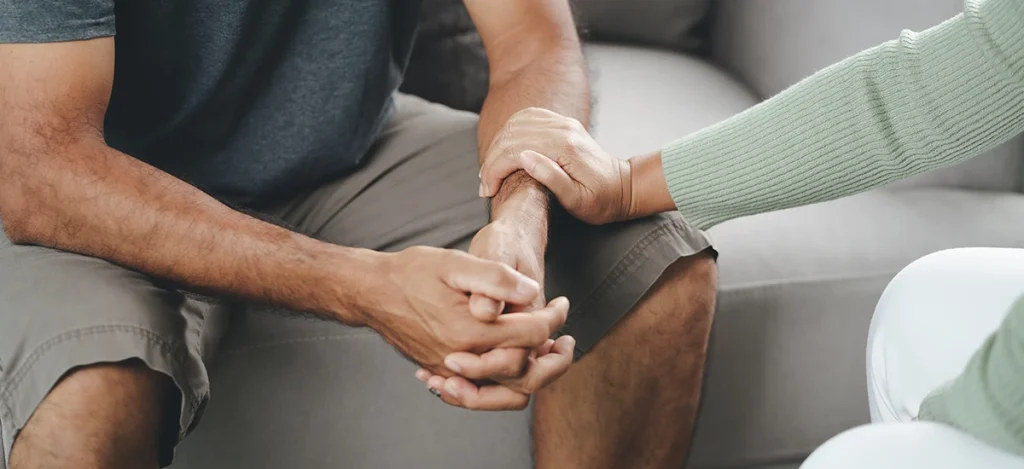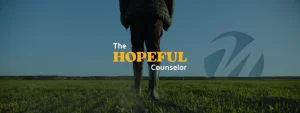Sometimes, kids or teens can be labeled as “bad,” “difficult,” or “defiant.” But when we look closer, we often find trauma lying beneath those behavioral health challenges.
This truth doesn’t just apply to children—it applies to all of us. Many behaviors that seem disruptive, distant, or even self-destructive are often someone’s best attempt to cope with something deeply painful. When we try to understand trauma, we begin to ask: “What has happened in your life?”
What is PTSD?
PTSD, or Post-Traumatic Stress Disorder, is a mental health condition that can develop after experiencing or witnessing a traumatic event. That event could involve actual or threatened death, serious injury, or violence. It might have happened directly to you or to someone close to you. The trauma might have been a single incident or something ongoing.
People with PTSD may experience:
- Flashbacks, nightmares, or intrusive thoughts
- Avoidance of reminders of the trauma
- Mood changes such as depression, anxiety, or substance use
- Changes in alertness, like hypervigilance or irritability (especially in kids)
- Difficulty sleeping or concentrating
PTSD is a real diagnosis, but it’s just one part of a much bigger conversation about trauma. Not everyone who experiences trauma will develop PTSD. There are other trauma-related diagnoses, especially when trauma is ongoing or complex.
“Big T” vs. “little t” Trauma
We often think of trauma as one major event, like an accident, a violent experience, or combat. That’s what some professionals call “Big T” trauma. But there’s also “little t” trauma, events that might not seem life-threatening but still leave a lasting emotional impact, like ongoing stress, bullying, or the loss of someone close. Both types of trauma matter, and both deserve compassionate, comprehensive mental health care from a professional.
Anger can be a powerful clue to ask more about what someone has been through. Sometimes what looks like anger, shutdown, or withdrawal is actually someone trying to protect themselves. Trauma isn’t always visible.
Healing from PTSD
PTSD can happen to anyone. You don’t have to be a veteran or a first responder. If something painful has left a lasting impact and you’re struggling to move through it, you deserve support.
If you’re thinking about starting therapy, here are a few things to know:
- Safety matters. At North Range, we know that safety looks different for everyone. Healing starts with a safe, supportive relationship with your therapist. It’s okay to speak up if something isn’t working for you.
- Go at your own pace. You don’t have to talk about everything all at once—or at all. You get to decide what to share. Therapy can help you heal without having to relive the trauma.
- Healing isn’t a straight line. There may be ups and downs. Setbacks are part of the process. What matters is that you keep going, even when it feels messy.

Let’s Reduce the Stigma Around PTSD
PTSD sometimes shows up as behaviors that push others away—like anger, withdrawal, or substance use. But these are often ways people try to cope. PTSD doesn’t mean you’re broken. It means you’ve been through something. Recovery is possible. No matter your story, you are not alone—and you are not beyond healing.
We All Can Practice Understanding
You don’t need to be a therapist to offer kindness; all of us can try to be a little more understanding. We never know what someone might be carrying. When in doubt, choose compassion. Choose patience. Choose grace. Because underneath the behaviors and the symptoms, there’s always a story. And sometimes, simply being seen and believed is the beginning of healing.





